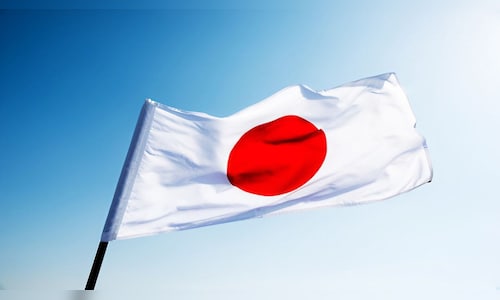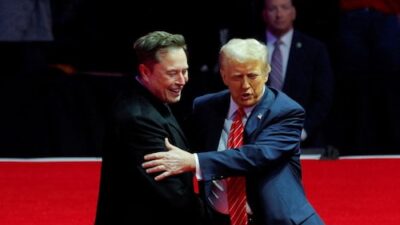Exports in automobiles, steel, and electronic components experienced declines, while imports of coal, non-ferrous metals, and crude oil increased, according to the Finance Ministry. The yen averaged 143.02 against the US dollar during this period in May, marking an 8% appreciation compared to the same time last year, which impacted the figures for yen-denominated exports and imports, according to the ministry.
The direction of trade will be a crucial element in determining if Japan’s economy slips into a technical recession this quarter, following weak external demand and sluggish private consumption that led to a contraction in the prior period. In April, exports to the US declined, primarily due to a reduction in automobile shipments.
Like many other countries, Japan is currently subject to a 25% tariff on cars and their parts, along with a minimum 10% levy on a variety of goods. President Donald Trump escalated the steel and aluminum tariff to 50% in early June, and the 10% tariff is scheduled to revert to 24% in early July unless a deal is reached.
On May 12, the US and China, which are Japan’s two largest trading partners, declared that they had formed a temporary agreement to lower tariffs. However, tensions have escalated since then, with Trump expressing earlier this week that Chinese leader Xi Jinping is “hard to make a deal with.”
Negotiations between Japan and the US regarding tariffs are ongoing, with discussions possibly leading to an announcement during the upcoming Group of Seven leaders’ meeting in Canada later this month. Japan’s chief trade negotiator, Ryosei Akazawa, indicated upon arriving in Washington on Thursday that he would continue to advocate for the elimination of all tariffs.



